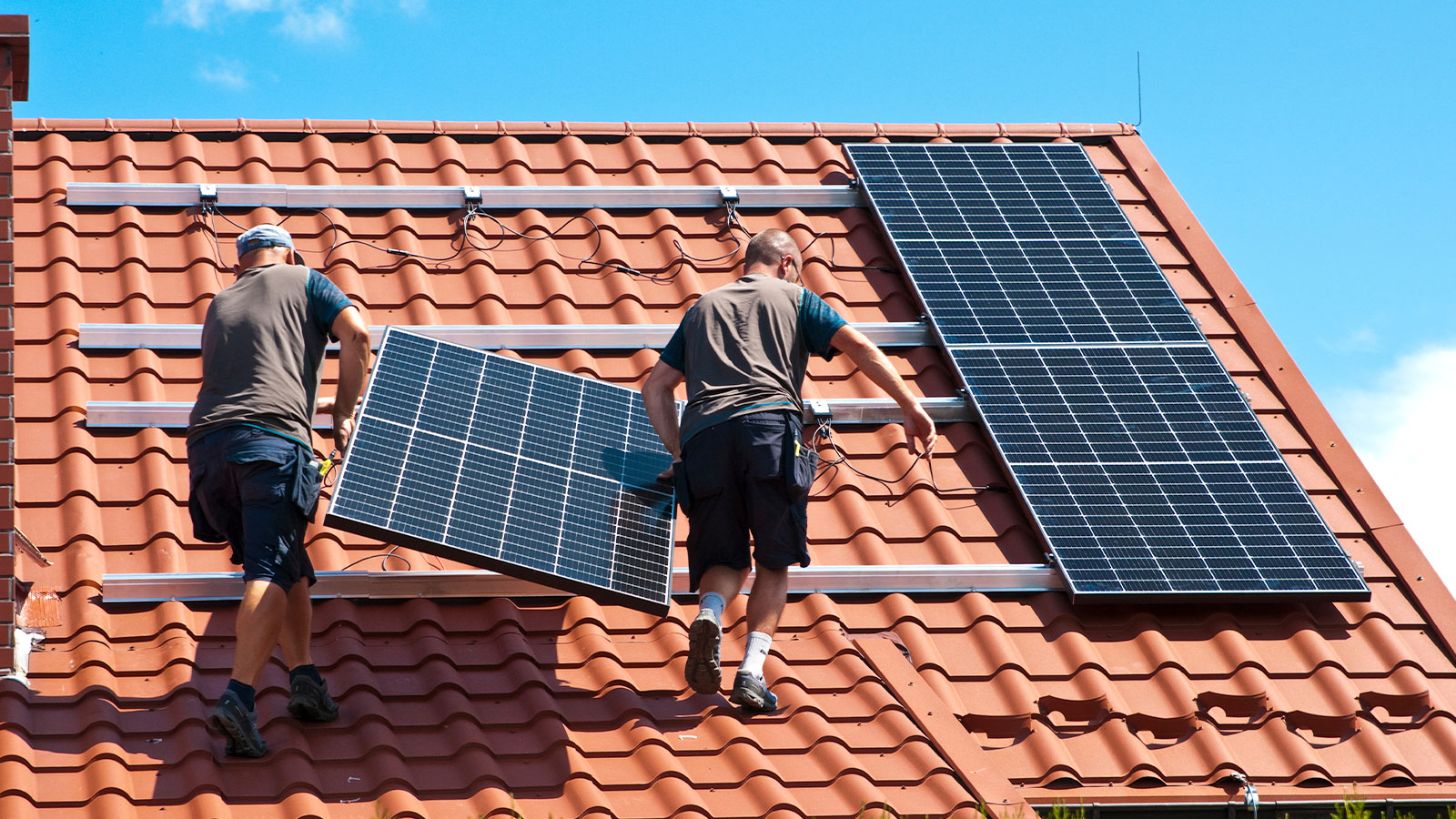Mark Krull, from Logic4training, looks at where the electrical sector is heading as we move towards net zero, and the business opportunities for suitably trained installers.
The electrification of major sectors, including heating and transport, is increasing demand for electrical skills. In fact, the UK Trade Skills Index 2023 estimates that more than 100,000 new recruits are needed over the next 10 years to prevent skills gaps from worsening. This includes both new entrants, as well as experienced electricians upskilling and expanding into emerging tech/markets.
Thankfully, there’s never been a more exciting time to be an electrician – with a host of opportunities across the building services space. Where once electrical installers mainly dealt with lighting and appliances, now they are responsible for home energy generation and storage, heating and keeping cars on the road.
Increasing demand for electricity
It is predicted that by 2035, we will need around 50% more power generation to meet the growing demand for electricity. Additionally, all this electricity is expected to come from a fully decarbonised system, which will use a mix of wind, solar, and nuclear, while carbon capture will lock away any CO2 still generated by fossil fuels.
With approximately 50% of electricity currently being generated by renewables, there’s clearly a big gulf to fill. There are two ways to fill that gap – more grid renewables and leveraging the growing number of ‘prosumers’. Those working in the electrical industry can help with both.
Currently just over a million homes in the UK have solar panels, exporting excess energy back to the grid. In the electrical world these people are known as ‘prosumers’, as defined in BS7671.
The number of prosumers has been steadily increasing, and there’s no sign of them slowing down. According to recently published analysis by Barbour ABI, planning applications that mention solar PV have had a significant increase – threefold since 2019. Additionally, data from the Solar Trade Association shows that 50,700 households installed solar PV between January and March 2023, the highest figure since 2015 when significant subsidies were available.
With no Government funding widely available for solar PV, this rise in take-up has been fuelled by the perfect storm of astronomical energy prices and reduced hardware costs. Solar panels are now a common sight on roofs across the country, moving this tech into the mainstream, along with smart meters and home automation systems, which make it far easier to see and understand how and when we use energy.
While supporting battery storage has been slower on the uptake – with around 10,000 domestic properties benefitting from this technology – it is likely that this important addition to the homes power generation mix will soon catch up with solar PV.
Self-consumption is by far the most cost-effective way to use renewable energy, allowing for a quick return on investment. But the homeowner isn’t the only beneficiary. The grid also benefits from reduced demand from these households and the excess energy exports, while electrical installers have the opportunity to make revenue on both the installation and maintenance of solar panels and batteries.
Electric vehicle demand is soaring
The benefits for installers from the green revolution extend further than just installing solar panels and batteries, however. In fact, when it comes to electric vehicles, there’s likely to be an even bigger impact on those in the electrical industry.
As of the end of July 2023, there are now around 840,000 fully electric cars on UK roads and a further 520,000 plug-in hybrids. According to ZapMap, there are only 42,000 charge points across the UK. The Society of Motor Manufacturers and Traders (SMMT) states that 2.3 million charging points will be needed by 2030 to keep up with predicted demand – an absolute goldmine for electricians.
Additionally, EVs and batteries could have a joint role going forward, as car batteries can be used as home energy storage systems through vehicle-to-grid (VTG) or vehicle-to-house (VTH) technology. Essentially, electric vehicles will soon be able to power homes and businesses when they’re not being driven.
Heat and power
The way we heat our homes has also got decidedly more electric too, with air source and ground source heat pumps. These two technologies are set to see growing demand over the coming years as gas boilers are slowly phased out.
The benefit for electricians is that a significant part of installing an air source heat pump is electrical. This creates work for electricians, while also supporting plumbing and heating engineers and creating even bigger opportunities for installers that train to become truly multi-skilled.
At the moment, consumers are being incentivised to choose heat pumps under the Boiler Upgrade Scheme (BUS), and, like solar PV, prices will come down as take-up increases.
Don’t miss out on the green revolution
All of this is happening now, creating an exciting landscape for building services installers across the board, particularly those with an electrical leaning.
The green revolution is here and electrical installers are leading the charge.


